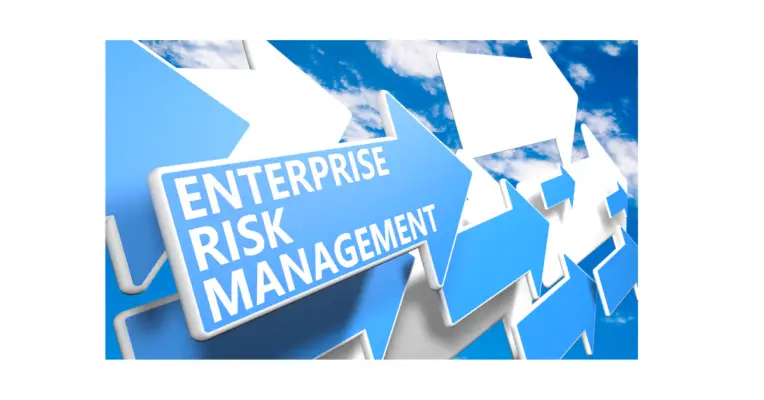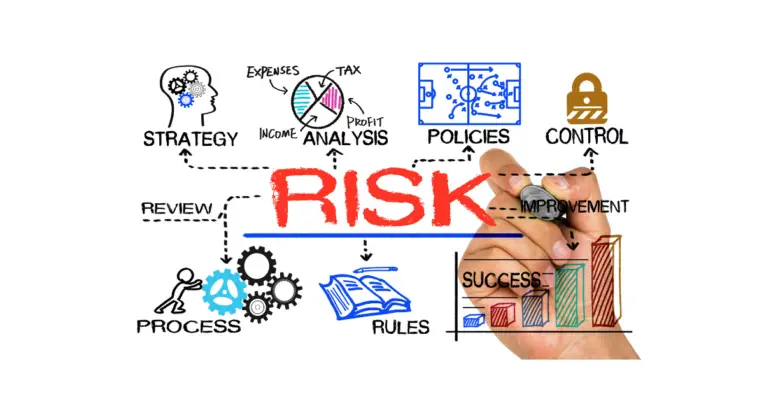Third-party risk management (TPRM) has become an essential component of enterprise risk management programs. The growth of outsourcing and the increased reliance on third-party service providers has exposed organizations to new risks, including reputational damage, financial loss, and legal liabilities.
In response, organizations have started to implement TPRM programs to identify, assess, and mitigate the risks associated with their third-party relationships. However, TPRM is not just about compliance; it also offers a unique opportunity to create value for the organization.
TPRM can help organizations to better understand their risks and make more informed decisions about their third-party relationships. It can also help them to negotiate more favorable contracts, improve supplier performance, and reduce costs.
In addition, TPRM can provide valuable insights that can be used to strengthen the organization’s overall risk management program. As a result, TPRM can play a key role in driving enterprise value as shown by industry-leading publications.
It’s no secret that successful organizations take a holistic and proactive approach to risk management. By understanding and mitigating potential risks, businesses can operate with greater certainty and avoid costly negative consequences thus third party risk management driving enterprise value.
But what is often overlooked is the role of third-party risk management in boosting enterprise value. In this blog post, we’ll explore how Third-Party Risk Management (TPRM) drives business value and why it’s critical for organizations of all sizes. Stay tuned!

Risk Management Association with Third-party risk management
A key element of any organization’s risk management program is the identification and assessment of risks associated with its relationships with third parties. A third party is any individual or entity that is not directly affiliated with the organization, such as suppliers, customers, contractors, and service providers like a fifth third bank.
While these relationships can be beneficial to the organization, they also carry a certain amount of risk. For example, a supplier may fail to meet its contractual obligations, or a service provider may fail to adequately protect the organization’s data.
The goal of third-party risk management is to identify and assess these risks so that they can be mitigated or avoided altogether.
Third-party relationships power much of the modern economy, but they also come with a unique set of risks. Third-party due diligence is the process of assessing these risks before entering into a relationship. This process can be divided into three main steps:
- Identify and assess the risks associated with the third-party relationship.
- Select and engage a third party that is able to meet the organization’s needs while managing the identified risks.
- Monitor the third-party relationship on an ongoing basis to ensure that risks are being managed effectively.
Benefits of Third-party risk management
Here are some of the benefits of third-party relationships deliver:-
Improved Risk Identification – When you have a dedicated team or process in place to manage third-party risks, you are more likely to identify potential risks before they materialize. This can help you avoid many costly problems down the road. This includes the identification of inherent risk thus promoting a strong risk culture.
Improved Risk Assessment – A good third-party risk management process will include a rigorous assessment of both the service provider and the proposed engagement. This assessment should consider factors such as financial stability, regulatory compliance, and reputational risk. The chief procurement officer needs to take a comprehensive approach to risk assessment, you can be confident that you are making well-informed decisions about which service providers to work with.
Improved Risk Mitigation – Once potential risks have been identified and assessed, it is important to put mitigation strategies in place. This may involve contractual terms and conditions, insurance requirements, or other measures designed to protect your organization in the event that something goes wrong with the engagement.
Improved Compliance – A good third-party risk management process will help ensure that your organization is compliant with all relevant laws and regulations. This is especially important in industries that are heavily regulated, such as finance and healthcare. By staying compliant, you can avoid costly penalties and reputational damage.
Improved vendor performance – Properly managing vendor performance is crucial to ensuring that they meet your expectations and deliver on their promises. When vendors know that you are monitoring their performance closely, they are more likely to meet or exceed your expectations. This can lead to improved quality of service and better value for your organization.
In conclusion, there are many benefits to implementing a third-party risk management process within your organization. By doing so, you can improve your organization’s overall risk profile and protect yourself from potentially costly problems down the road.

Conclusion
Enterprise value is a critical consideration in any M&A transaction. By understanding and properly managing third-party risk, you can help ensure that your company realizes the greatest value in a potential sale.
Although it is impossible to eliminate all third-party risks, implementing a comprehensive and well-executed third-party risk management program will help reduce the chances of a security breach and protect your company’s valuable data. By taking the necessary precautions, you can feel confident that your enterprise value is protected.
We hope this article has helped to clarify some of the key considerations in assessing and managing third-party risk. If you have any questions or would like more information, please don’t hesitate to contact us.

Chris Ekai is a Risk Management expert with over 10 years of experience in the field. He has a Master’s(MSc) degree in Risk Management from University of Portsmouth and is a CPA and Finance professional. He currently works as a Content Manager at Risk Publishing, writing about Enterprise Risk Management, Business Continuity Management and Project Management.

